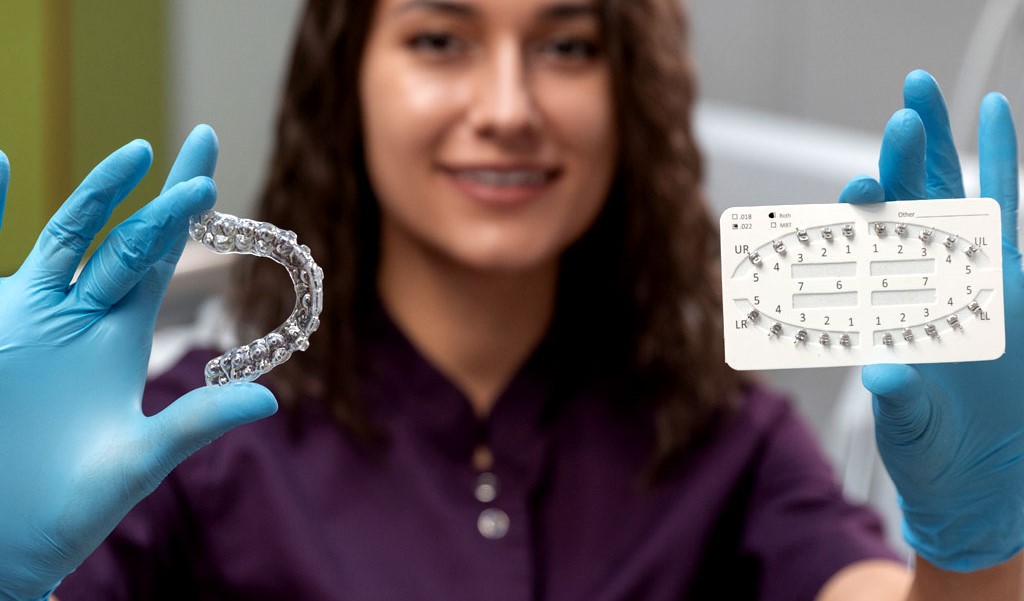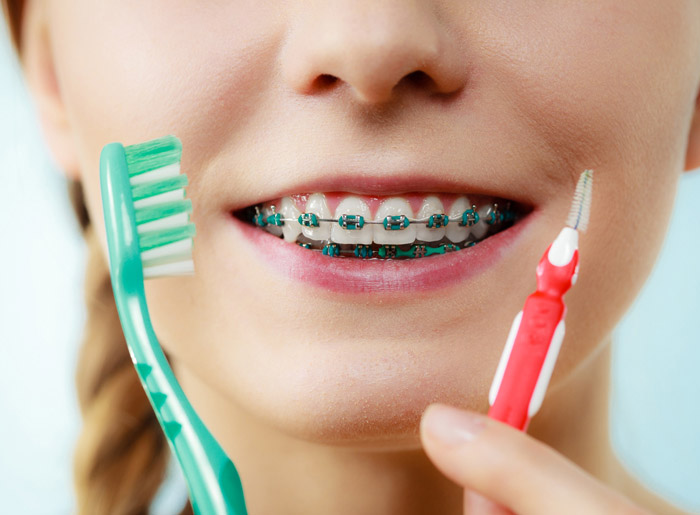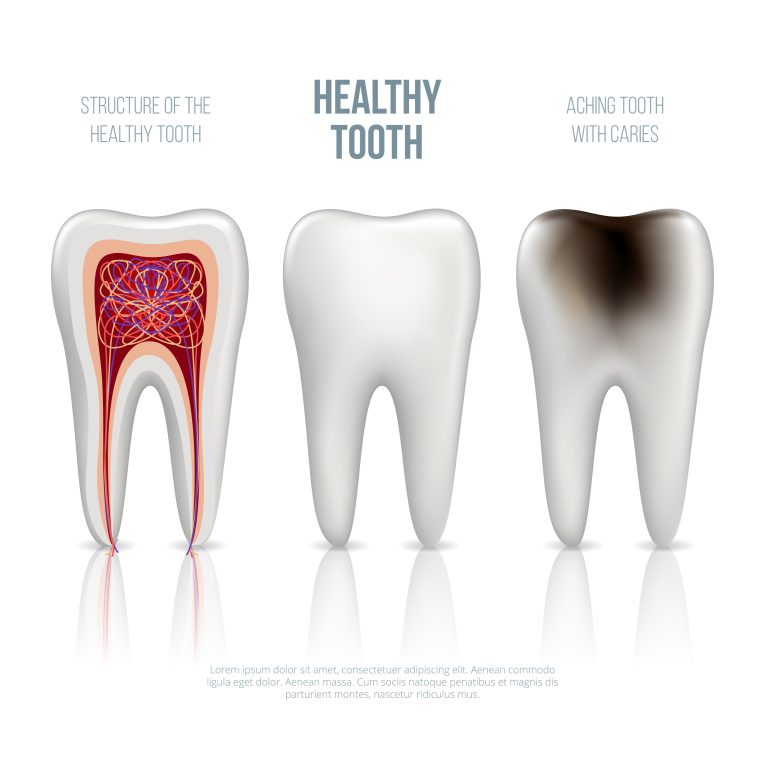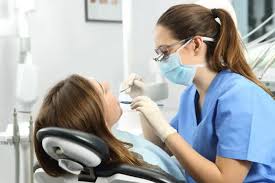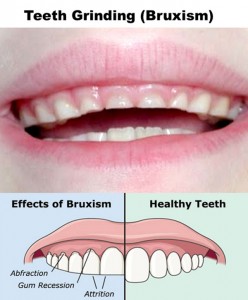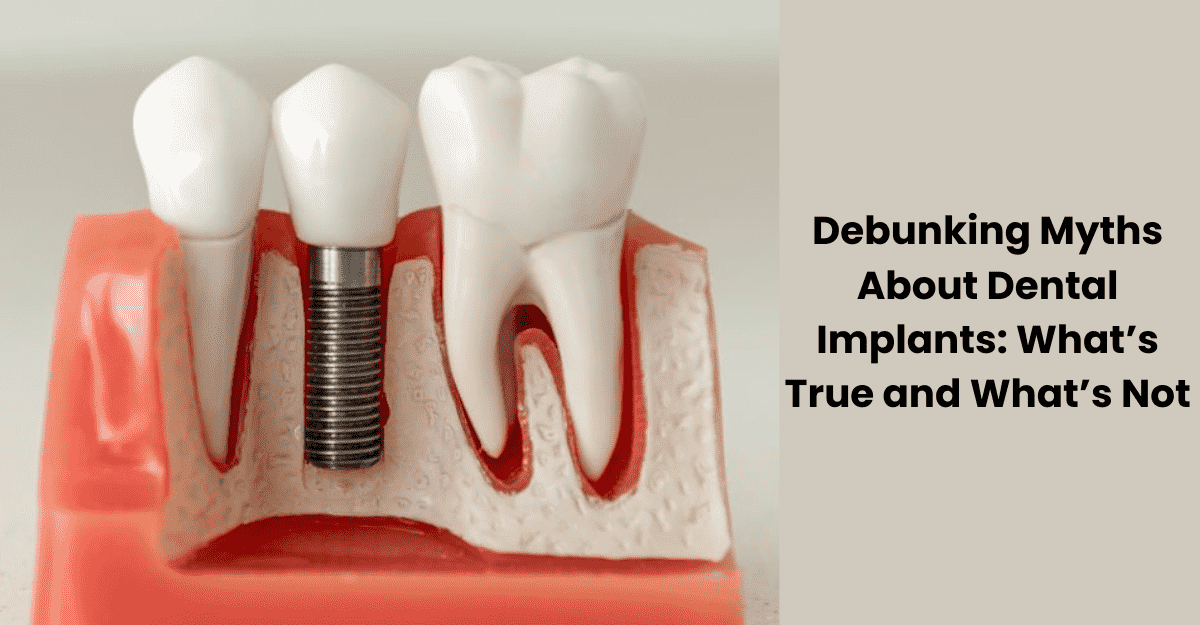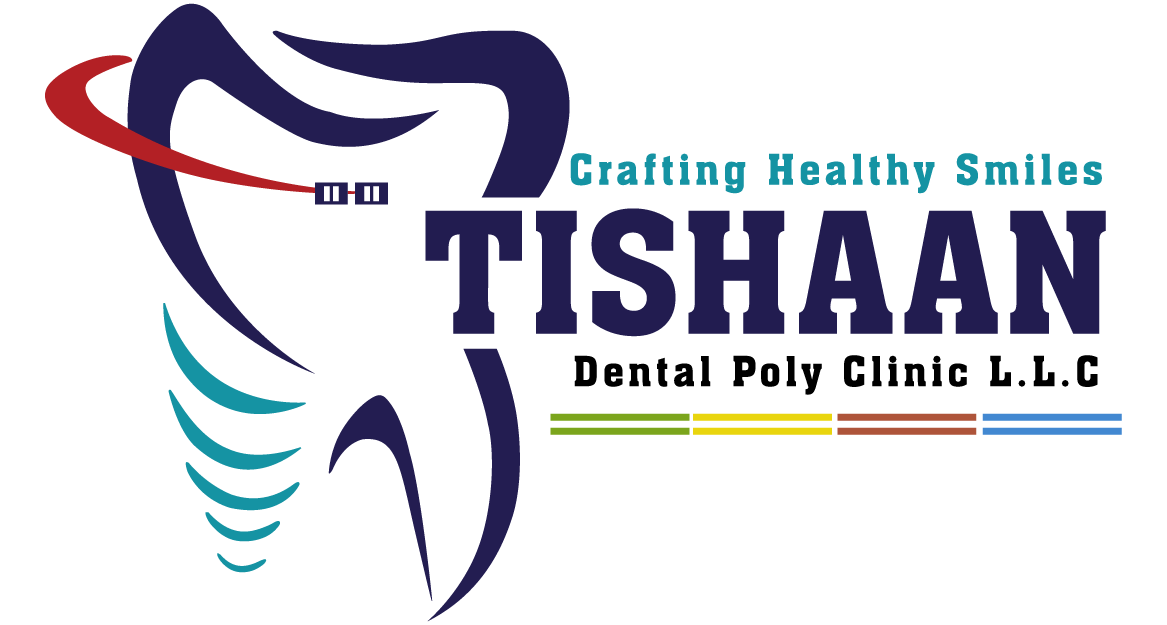Standard post with a single image
Laser dentistry has become increasingly popular in recent years, known for its precision and effectiveness. This modern approach provides a significant advancement in dental care, offering an alternative to traditional dental tools. For those searching for a “dental clinic near me” in Dubai, many now offer laser dentistry as part of their services. But what exactly is laser dentistry, and why is it becoming a preferred method for so many patients? In this article, we’ll explore what laser dentistry entails, the types of procedures it can be used for, its advantages and disadvantages, and whether it’s suitable for children.
Understanding Laser Dentistry: The Basics
Laser dentistry utilizes a focused beam of light to perform various dental procedures. LASER stands for “Light Amplification by the Stimulated Emission of Radiation,” and this technology has been used in dentistry since the 1990s. When directed at tissue, the laser creates a reaction that either reshapes or removes the tissue, making it ideal for both hard and soft tissue procedures.
Dentists commonly use lasers to treat tooth decay, gum disease, and mouth lesions, and even to enhance teeth whitening processes. With the advancement in laser technology, these treatments are now less invasive and, for many patients, more comfortable compared to traditional methods involving dental drills and anesthesia.
Types of Laser Procedures in Dentistry
Laser dentistry can be divided into two primary types: hard tissue and soft tissue procedures. Hard tissue refers to the teeth, while soft tissue encompasses the gums.
Common Hard Tissue Procedures
Cavity Detection: Lasers can help detect cavities at their earliest stages, even before they become visible or cause discomfort.
Tooth Preparation and Filling: With laser treatment, local anesthesia and traditional drills may not be necessary. Lasers can also eliminate bacteria in a cavity, promoting better long-term tooth health.
Treating Tooth Sensitivity: For patients with sensitivity to hot and cold, lasers can seal tubules on the tooth root, reducing discomfort.
Common Soft Tissue Procedures
Treating a Gummy Smile: Laser technology can reshape gum tissue for those whose gum line appears too prominent, creating a more balanced smile.
Crown Lengthening: This procedure reshapes gum tissue and sometimes bone to allow for healthier tooth structure, which is helpful when placing dental restorations.
Tongue Frenulum Treatment: For individuals with a thick frenulum (the fold under the tongue), lasers can assist in a frenectomy, often beneficial for children with speech or nursing issues.
Soft Tissue Fold Removal: Lasers can remove soft tissue folds caused by poorly fitted dentures, offering a suture-free and painless option.
Other Laser Procedures in Dentistry
Laser dentistry is also used for various specialized procedures, such as:
- Viewing Tissues: Advanced imaging techniques using lasers, like optical coherence tomography, allow dentists to see inside gum and tooth tissues safely.
- Benign Tumor Removal: Lasers can painlessly remove benign tumors from areas like the palate and gums.
- Sleep Apnea Treatment: For patients with sleep apnea due to tissue overgrowth, lasers can reshape the throat to improve breathing.
- TMJ (Temporomandibular Joint) Relief: Laser therapy can reduce pain and inflammation in the TMJ, which often causes jaw discomfort.
- Cold Sore Treatment: Lasers can reduce pain and speed up healing for cold sores.
- Teeth Whitening: By accelerating the bleaching process, lasers make teeth whitening procedures quicker and more effective.
Types of Lasers Used in Dentistry
There are two main types of lasers in dentistry, each suited to different treatments:
Hard Tissue Lasers: These are designed to cut through tooth structure by interacting with the water and specific minerals in teeth. They are primarily used for shaping teeth, repairing fillings, and preparing teeth for bonding.
Soft Tissue Lasers: These lasers are ideal for cutting soft tissues and are used for gum reshaping, crown lengthening, and various other procedures. They have unique properties that minimize bleeding and speed up healing time.
Advantages of Laser Dentistry
Laser dentistry provides several benefits that make it a popular choice for patients and dental professionals alike:
Reduced Need for Anesthesia: Many laser procedures don’t require anesthesia, making them more comfortable for patients.
Minimized Bleeding and Faster Healing: Lasers promote blood clotting and stimulate tissue regeneration, which speeds up healing.
Lower Risk of Infection: The laser sterilizes the area as it works, reducing the risk of bacterial infection.
Less Damage to Surrounding Tissues: Lasers offer precise control, limiting damage to nearby healthy tissues.
Improved Patient Comfort: Laser treatments tend to be less invasive, leading to a more relaxed experience and minimal discomfort post-treatment.
Disadvantages of Laser Dentistry
While laser dentistry offers numerous benefits, it does have some limitations:
Incompatible with Certain Fillings: Lasers cannot be used on teeth that already have certain types of fillings, like metal amalgam.
Risk of Tooth Pulp Damage: In some cases, hard lasers might damage the tooth pulp.
Partial Dependence on Traditional Tools: Lasers may not eliminate the need for traditional drills, as they’re sometimes needed for completing or adjusting procedures.
Higher Costs: Laser equipment is expensive, which may result in higher treatment costs compared to conventional methods.
Risks of Laser Dentistry
Laser dentistry is generally safe, but there are minor risks, primarily if the treatment is not performed by a qualified professional. Using the wrong wavelength or power level could harm tissue, so it’s essential to seek out a reputable dentist with laser certification. During treatment, patients wear special glasses to protect their eyes from the laser.
Laser Dentistry for Children
Laser dentistry can also benefit children, especially those who may feel anxious about traditional dental tools. For procedures like tongue frenulum treatment, lasers offer a quick, painless alternative. The American Academy of Pediatric Dentistry supports laser use for specific treatments in children but emphasizes the importance of specialized training for pediatric dentists.
Finding a Dentist for Laser Treatments
Look for a clinic that employs certified dentists trained in laser technology. You can ask your insurance provider for recommendations or seek advice from friends and family who have experienced laser dentistry. Websites with reviews and ratings can also be helpful, but always verify the credibility of the ratings.
The Takeaway
Laser dentistry is a cutting-edge option that can provide enhanced comfort, precision, and faster recovery compared to traditional treatments. With applications in cavity treatment, gum reshaping, cold sore healing, and more, lasers represent a versatile tool in modern dentistry. While some limitations and risks exist, the benefits make laser dentistry an appealing choice for many.
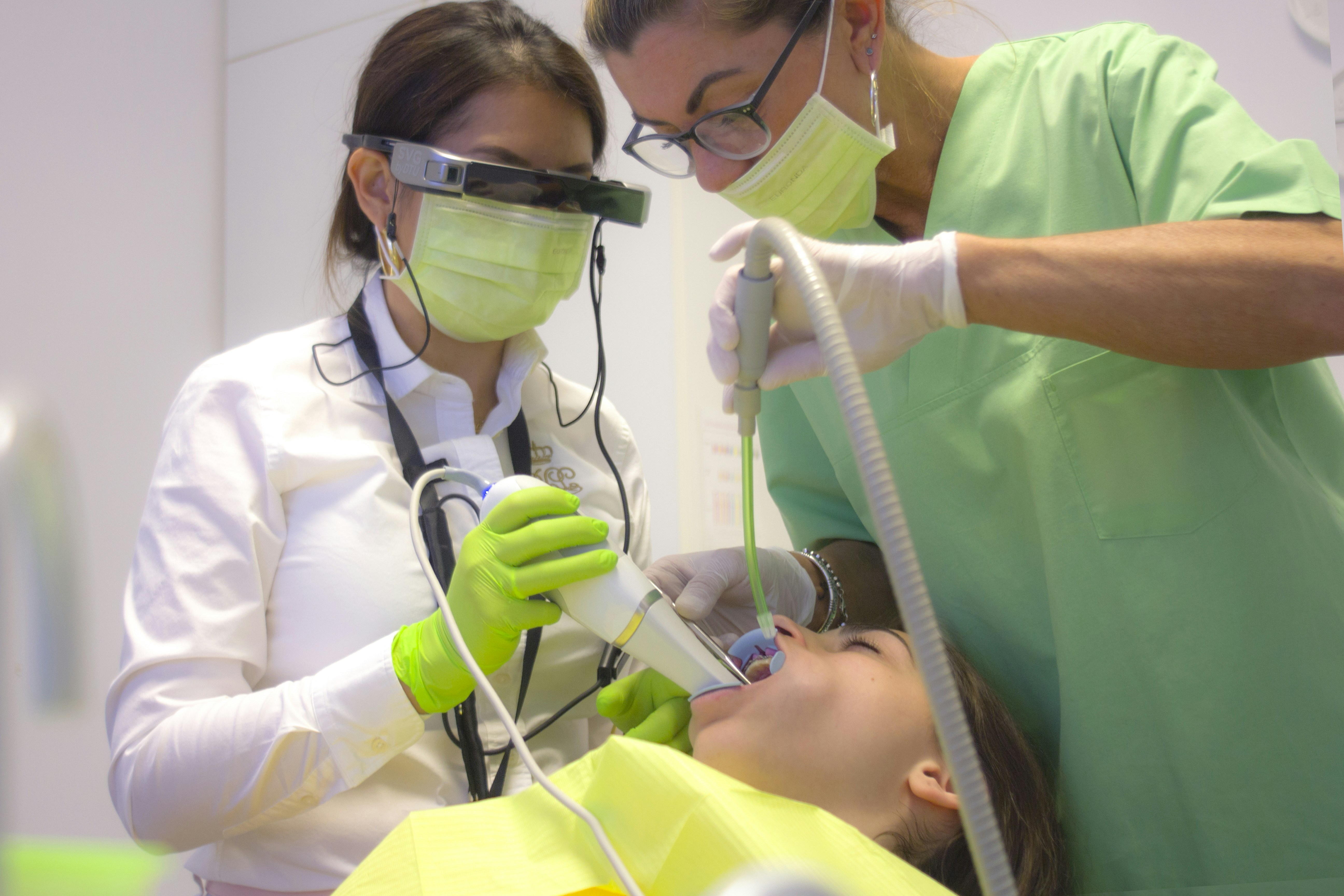
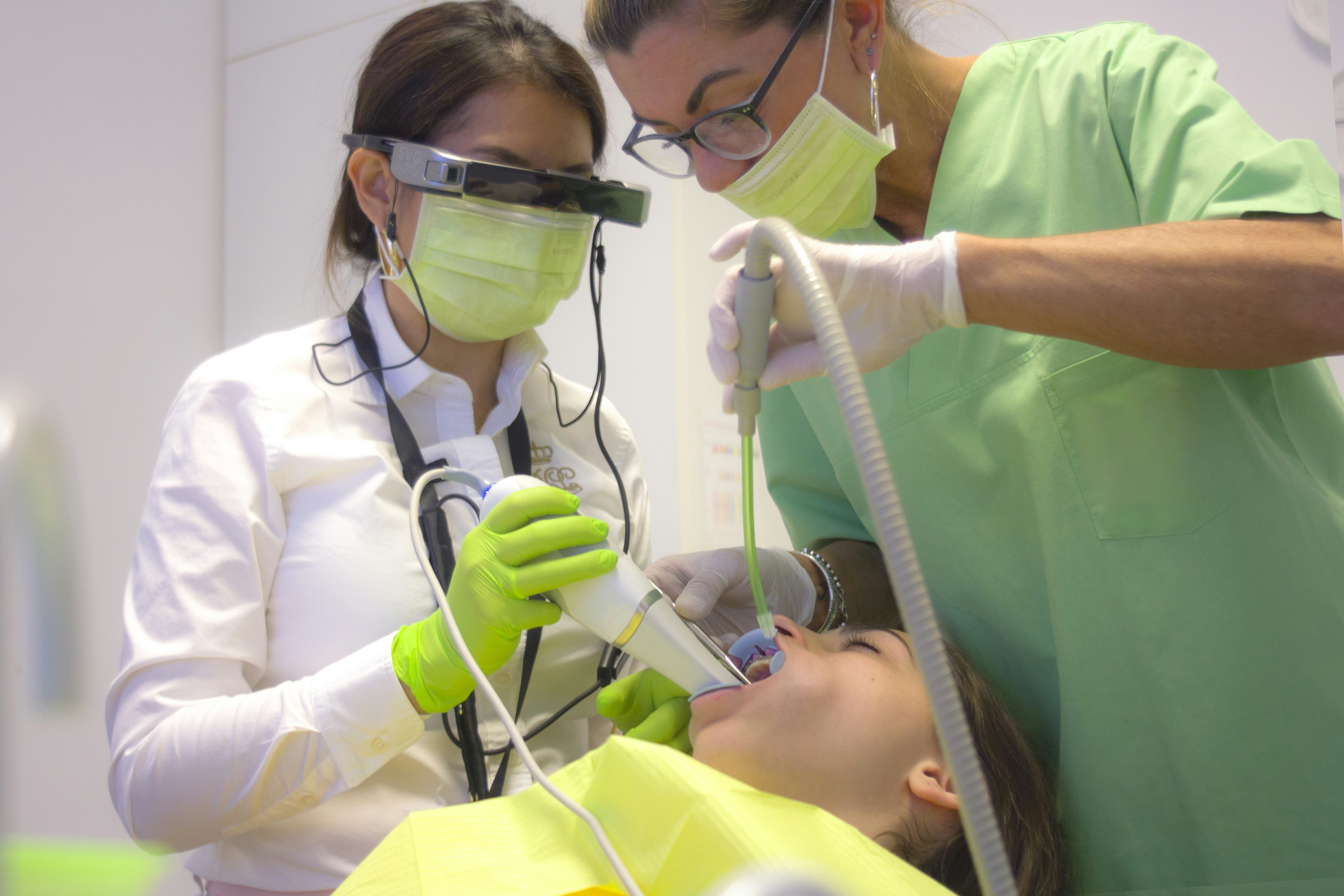
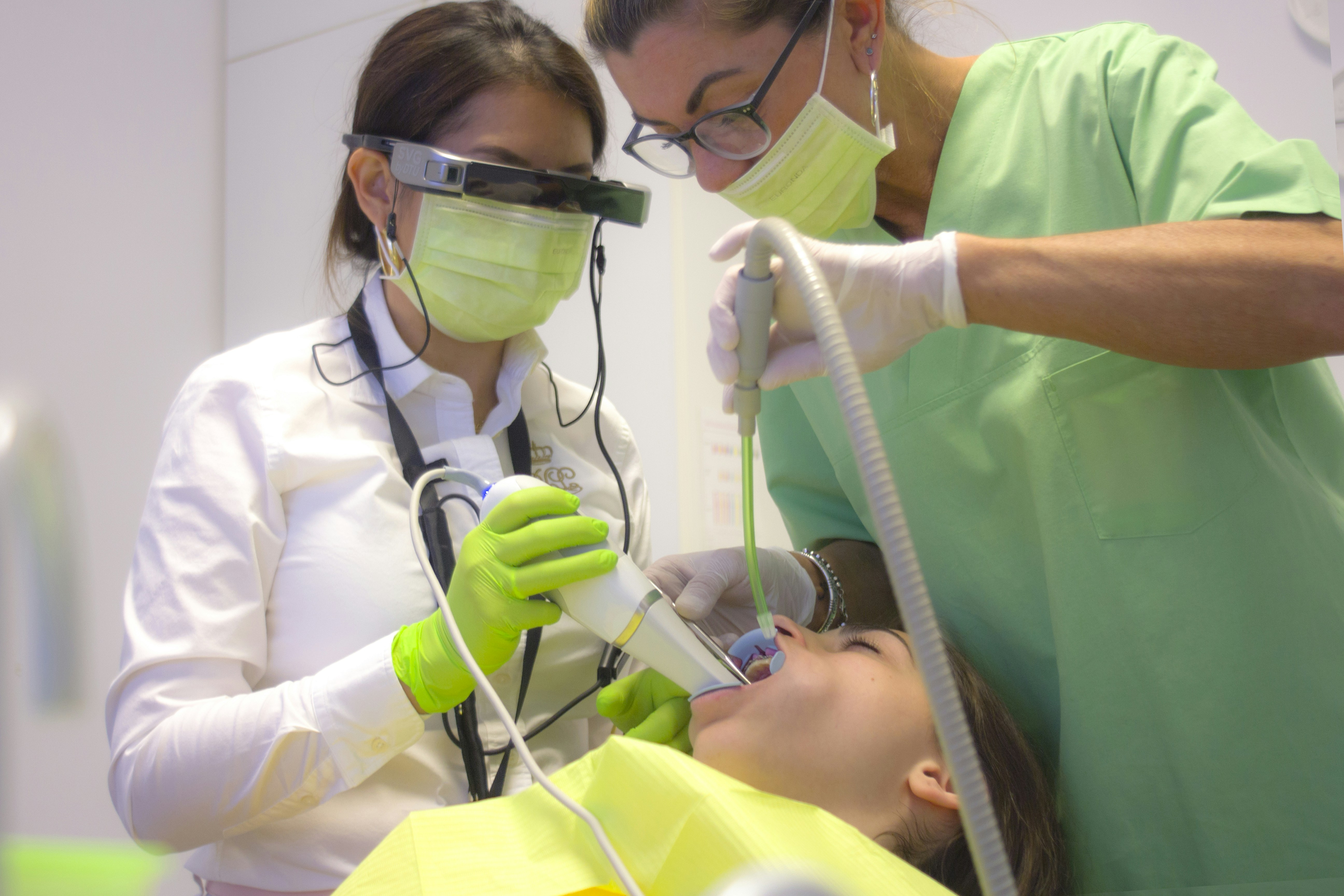
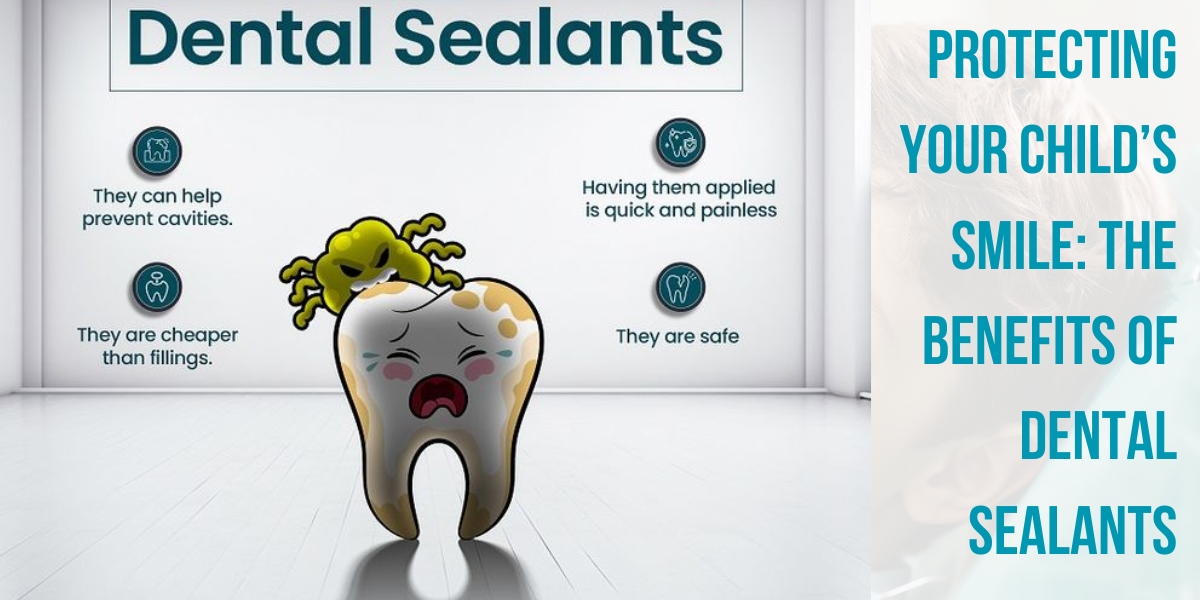
.jpg?tr=w-64)
